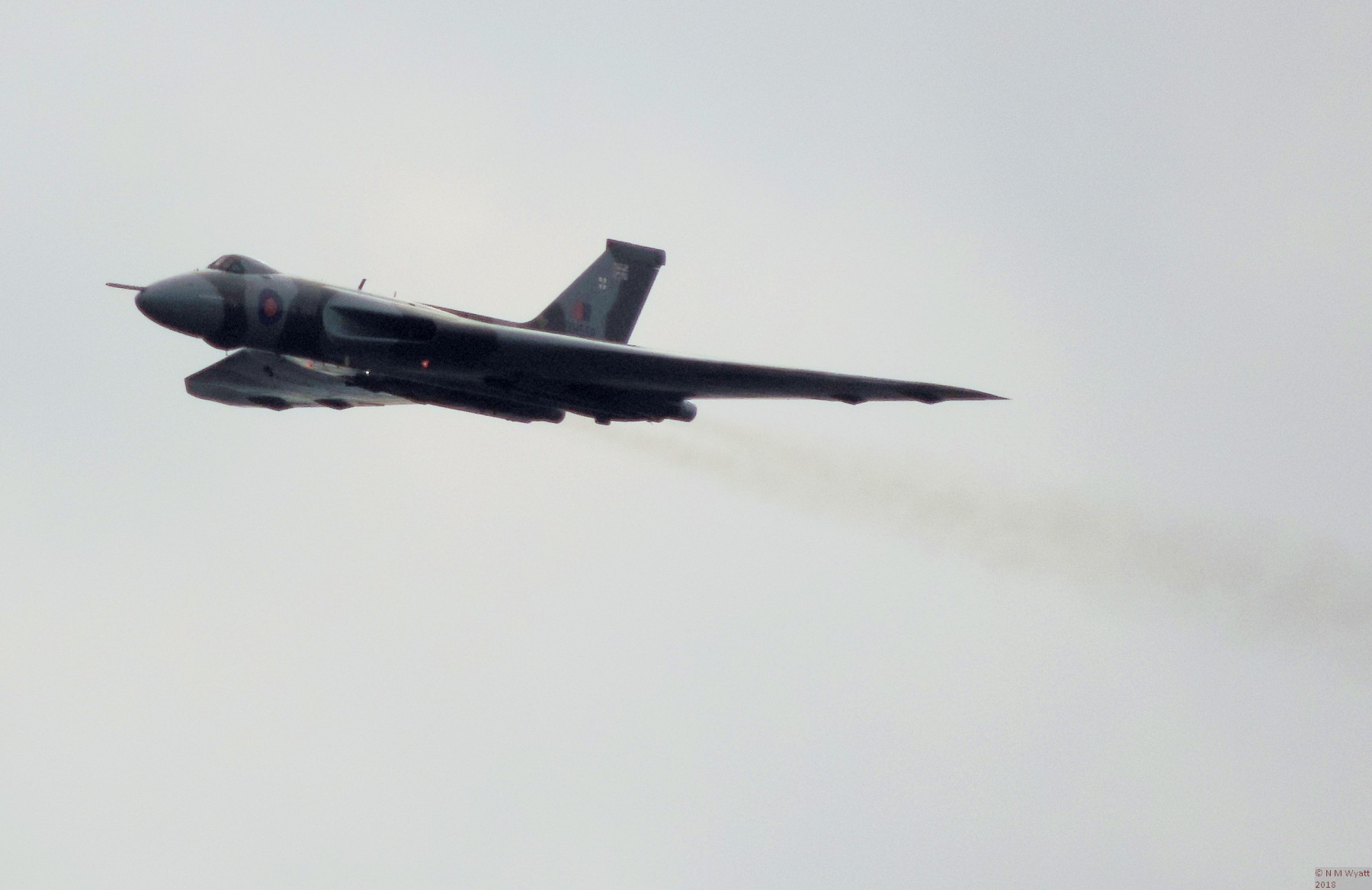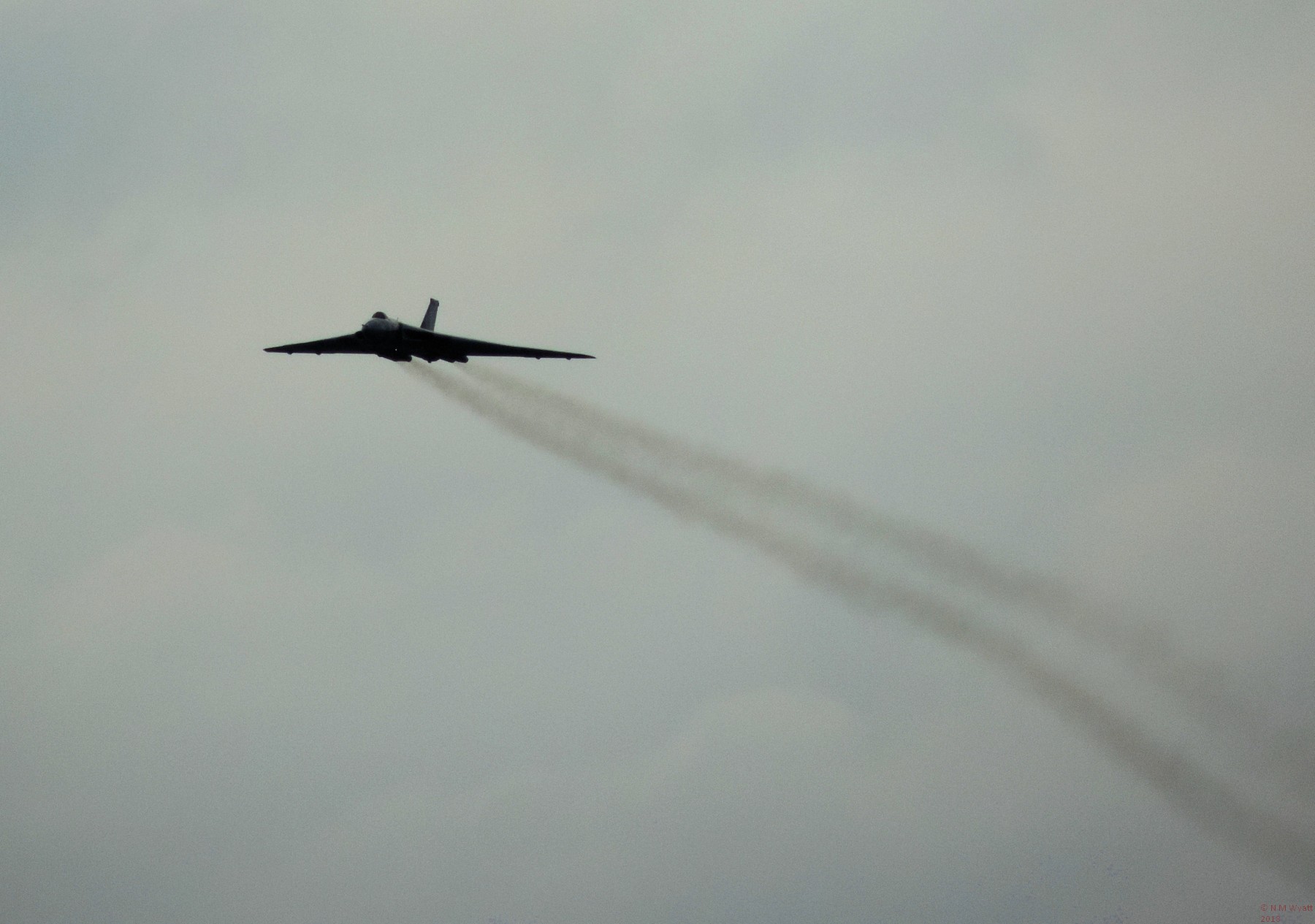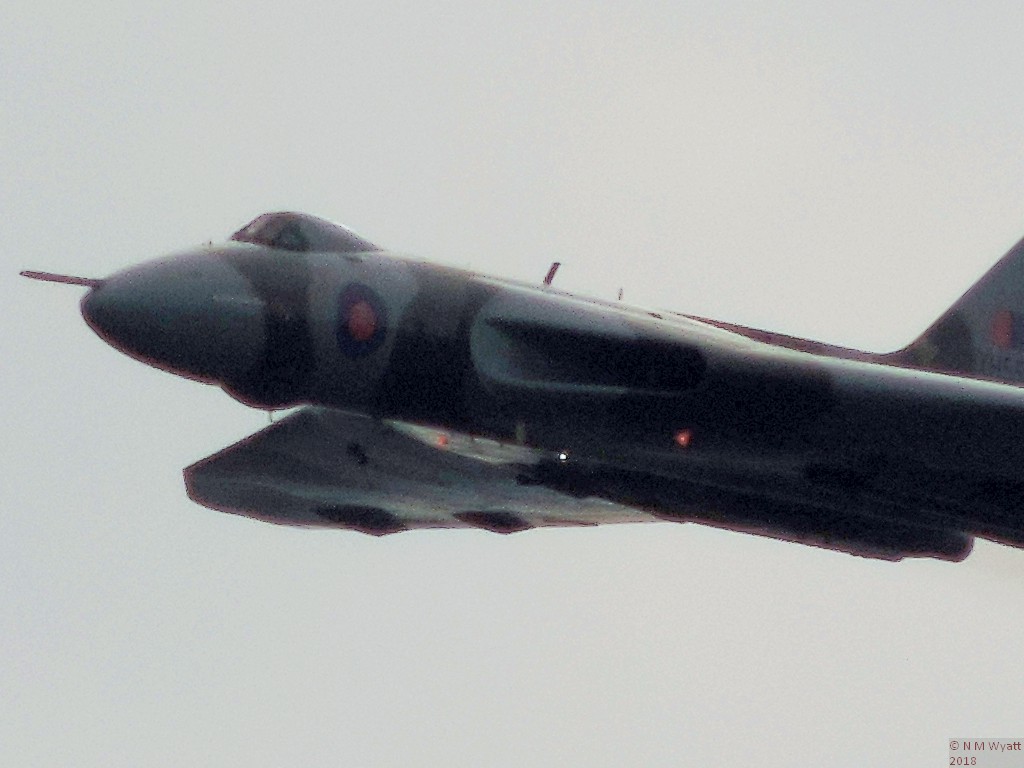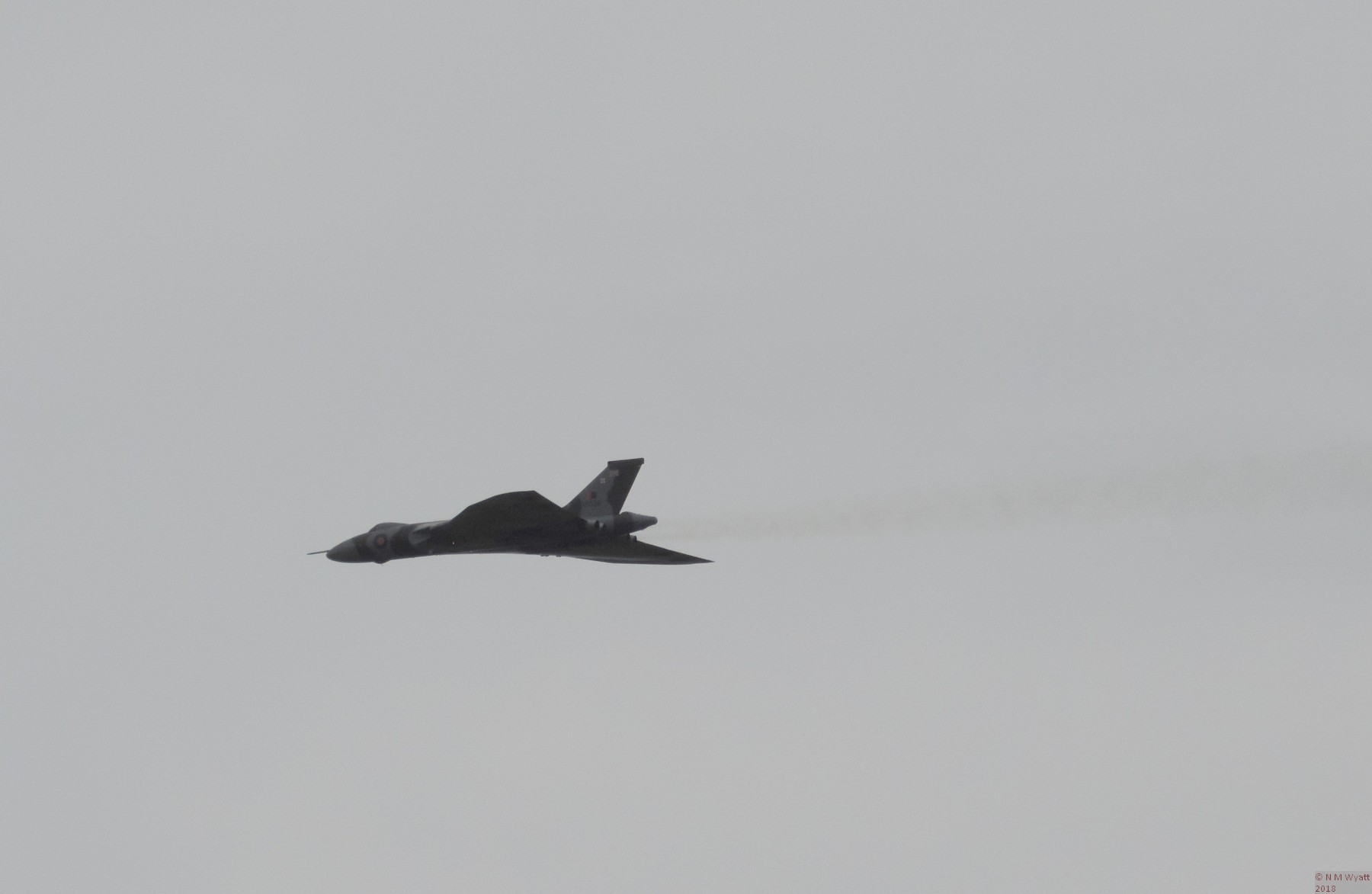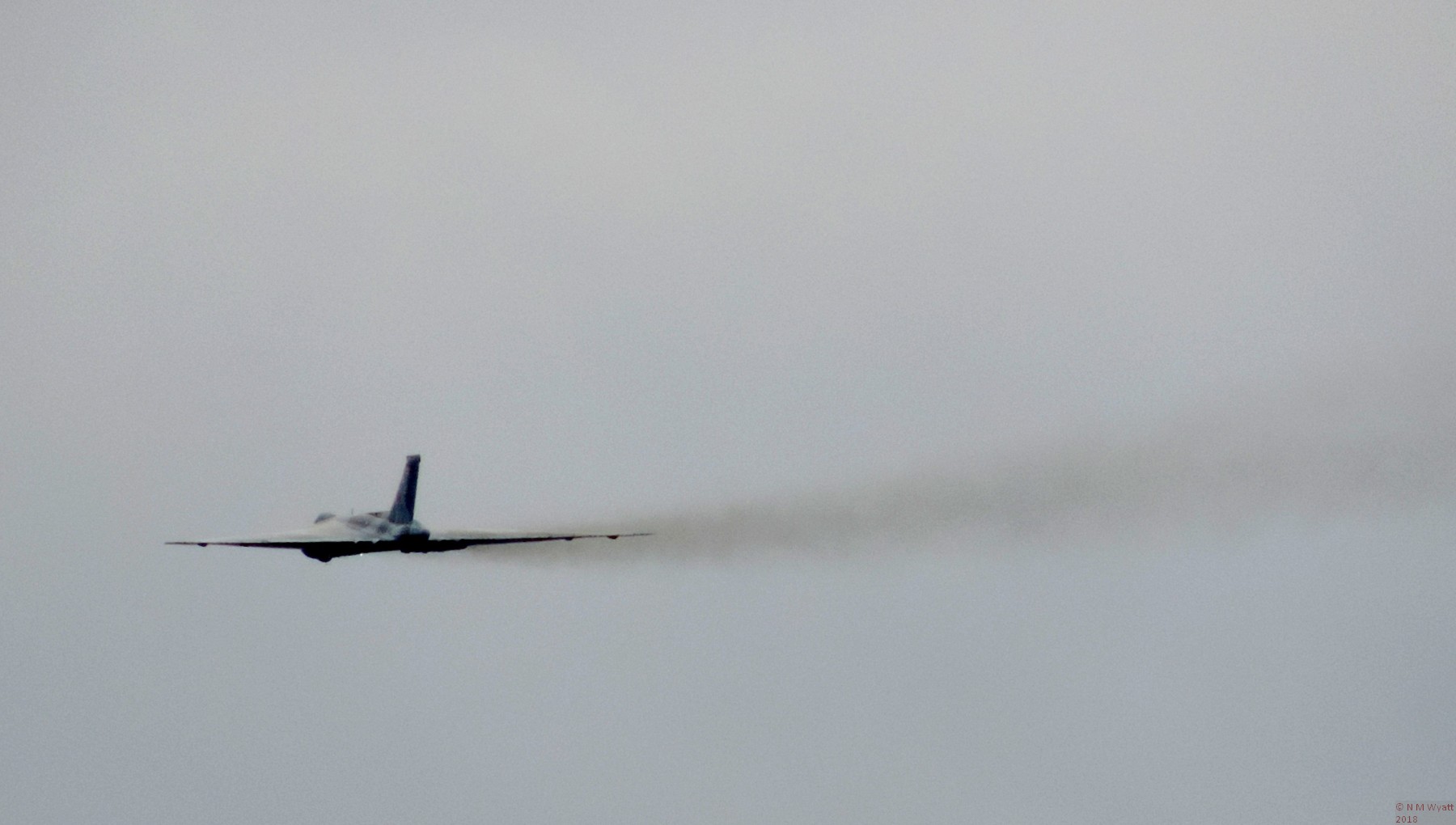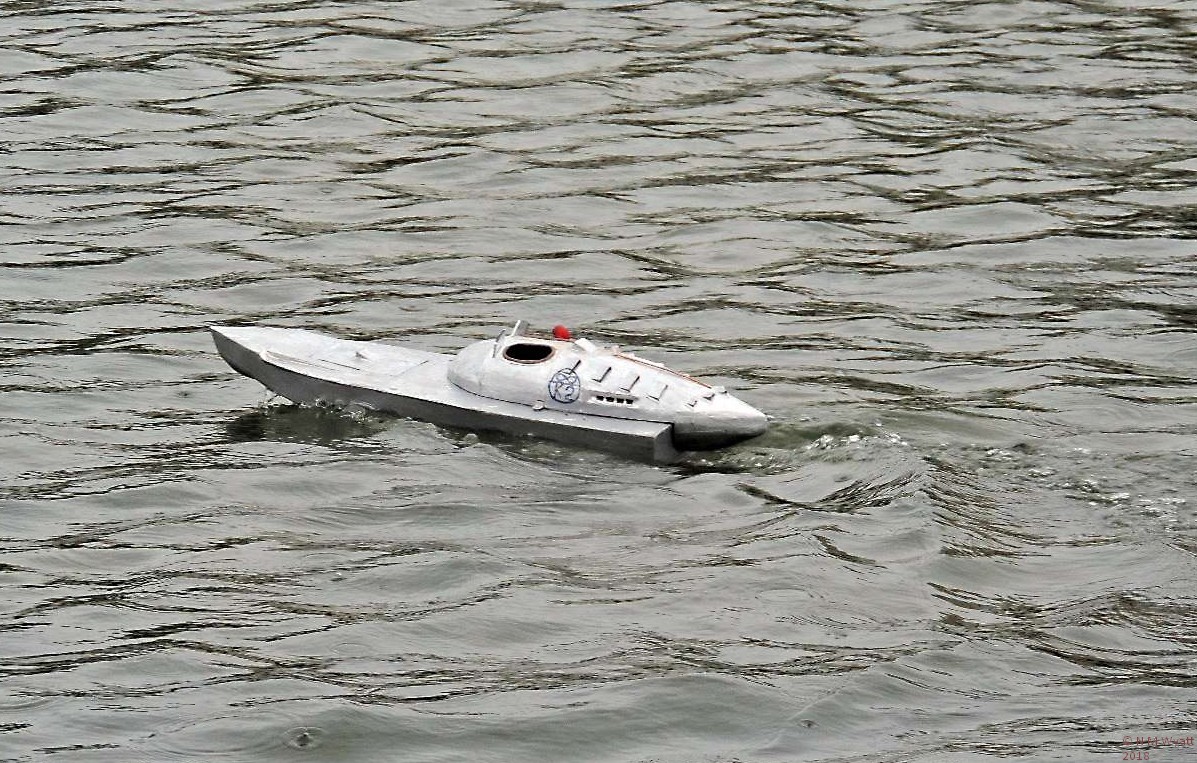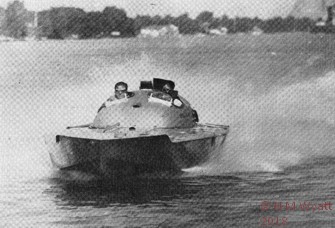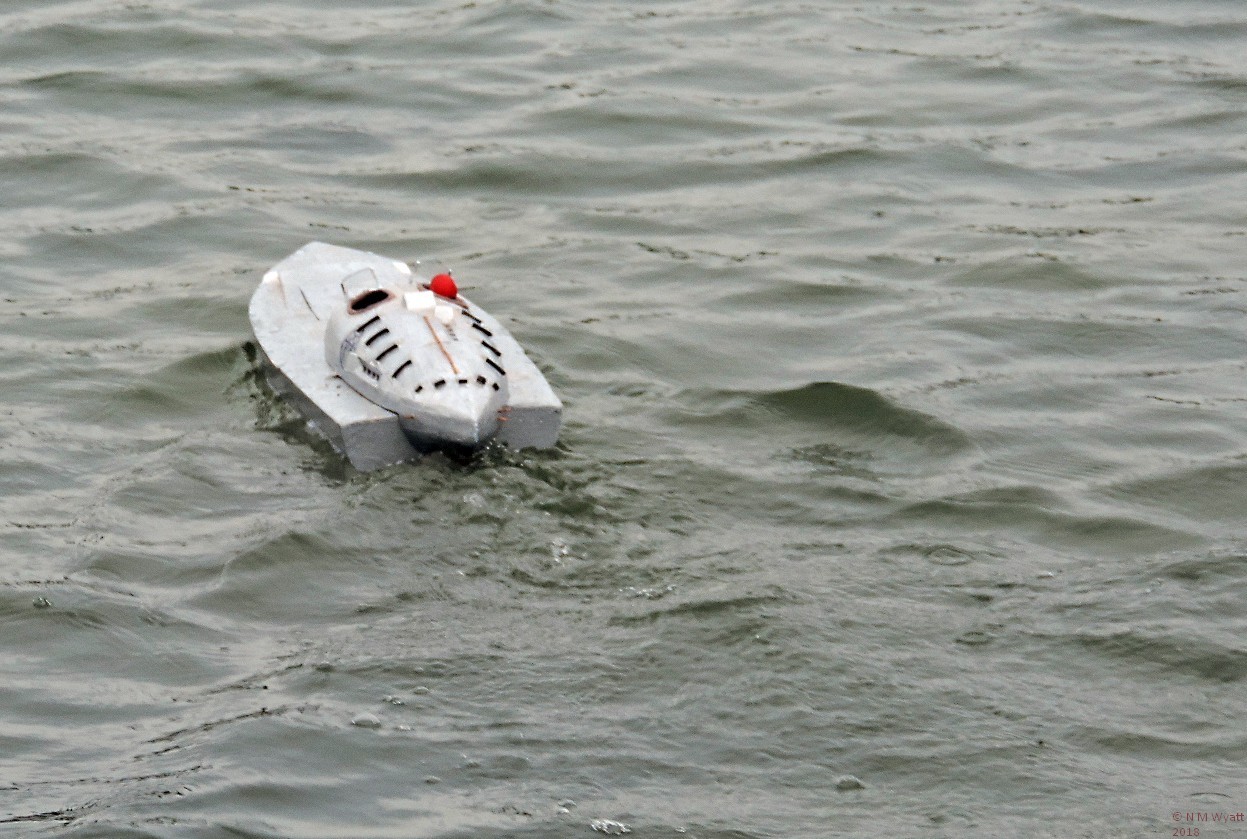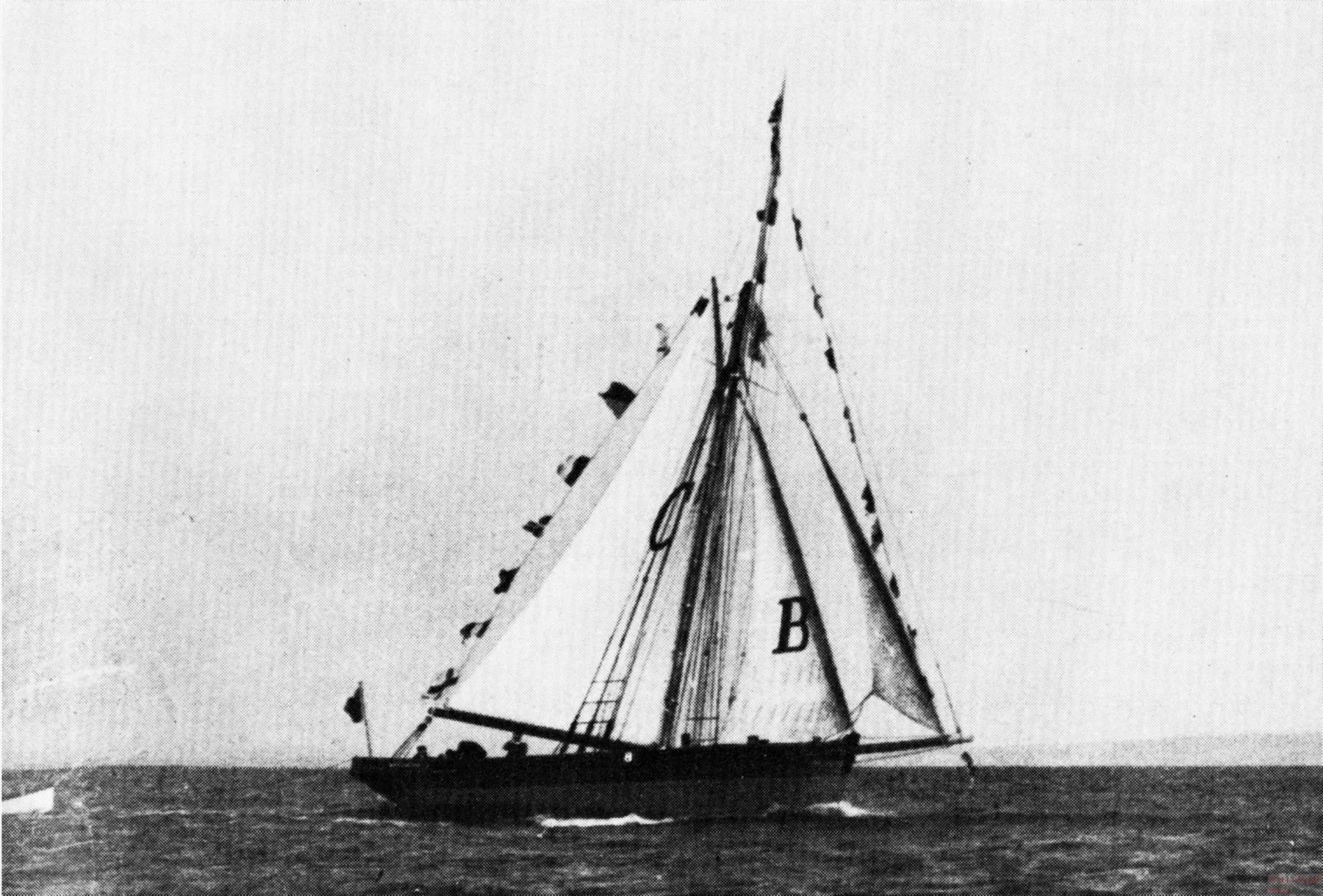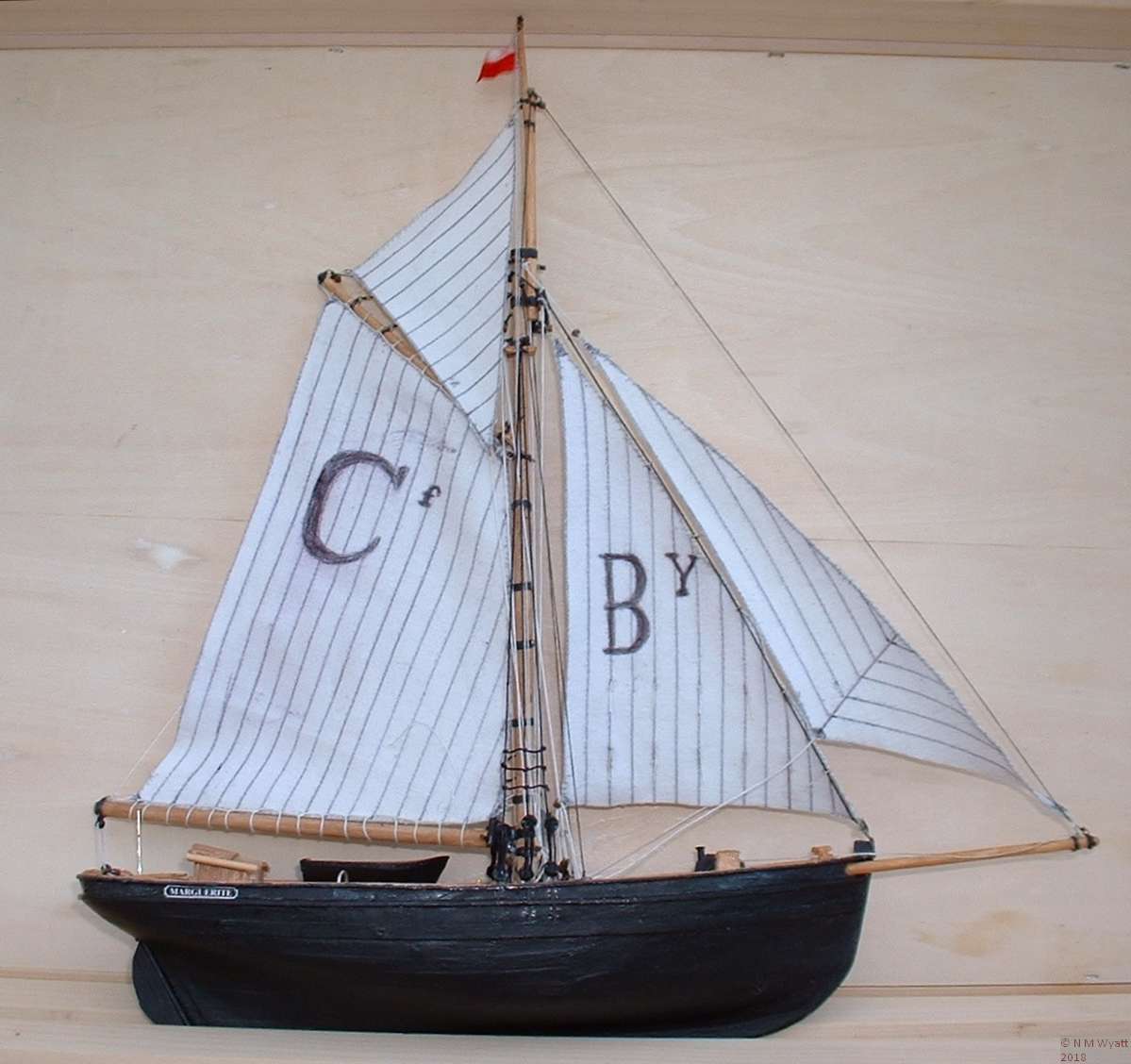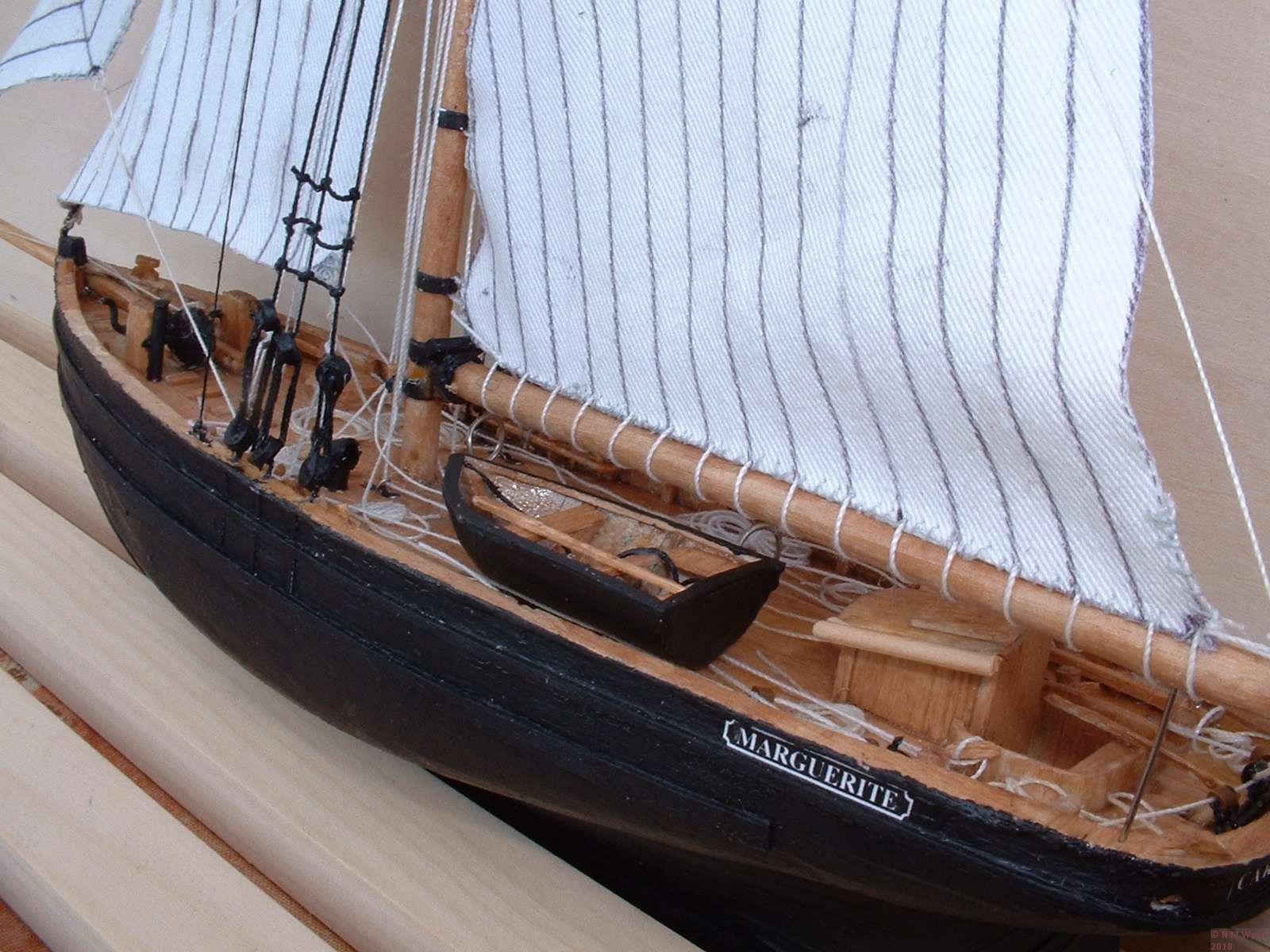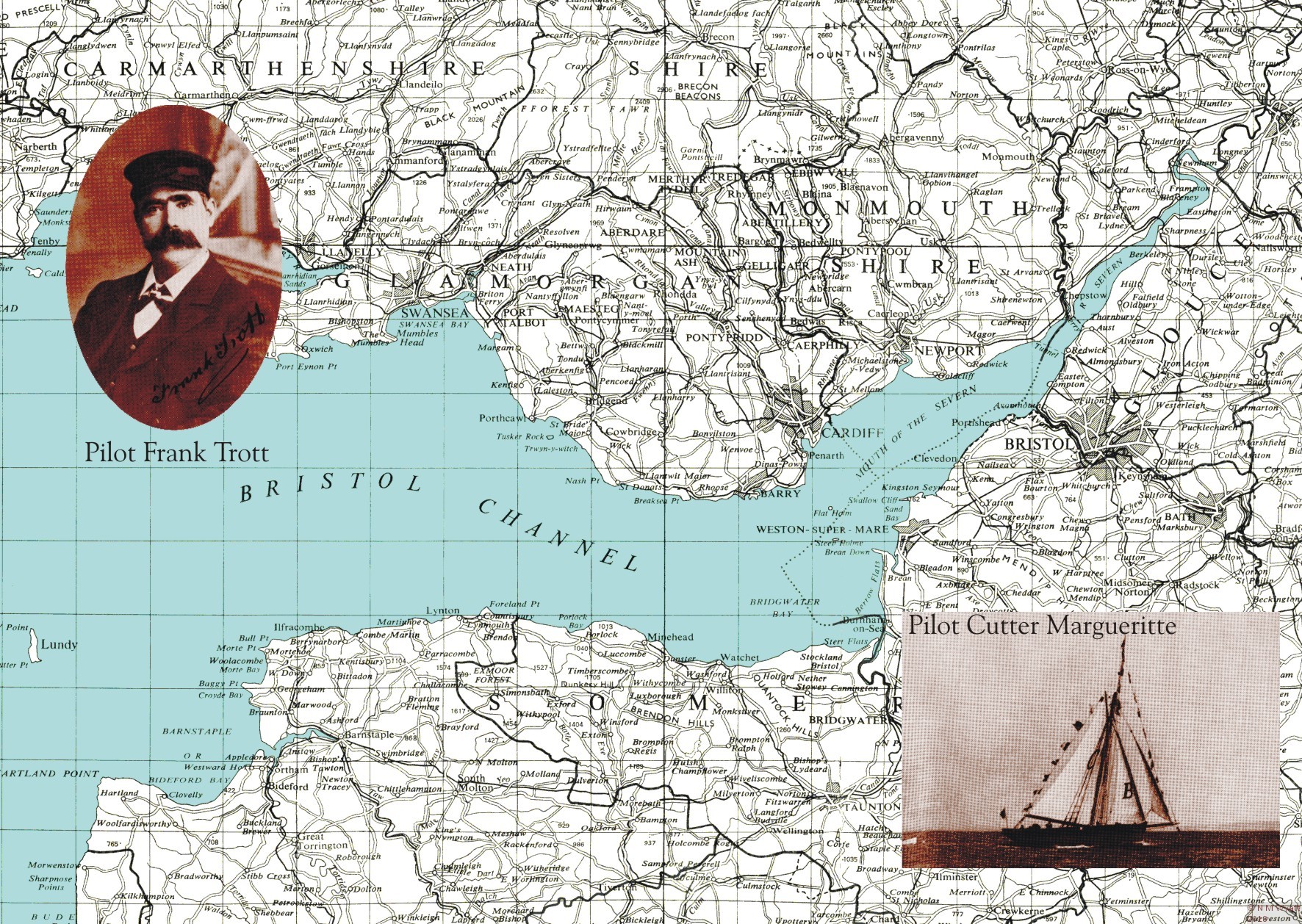If you find this website useful, please check out my books or visit my Amazon Author page. Or even Buy Me a Coffee!
Projects
Boats, Planes and Trains
I must admit to enjoying almost all aspects of model making. Like most teenage boys in the 70s, I was obsessed with Airfix kits. Pocket money was index-linked to the price of a series-one kit, but I also got to make magnificent examples of the mouldmaker's art like the 1:24 Spitfire, Stuka and Harrier as well as the SR.N4 hovercraft and mighty Saturn V 'moon rocket'. Sadly only a few of these remain in a dusty loft, but I have few models made more recently and with, I hope, a little more skill. I also had the Tamiya XR311, perhaps the first off-road electric R/C car kit - though with only two wheel drive add an extra pair of cells and it had a good turn of speed and performed impressive rolls!
My Dad's obsession was planes, but has been making radio-controlled boats for decades. I must admit that not a lot beats seeing your own scratchbuilt model out on the water - especially when it can run rings around the shop-bought ones :-)
I haven't had great success with aeroplanes, they seem to have either an affinity with the ground, or an ability to disappear over the horizon. Still, I've had a few successes, not least restoring a 'diesel' engined free-flight model made by my father-in-law in 1956 and seeing it circle over Sutton Park in lazy circles.
Here is something you don't see every day! The Deltic diesel locomotives are as close to the hearts of the post-steam generation, as steam locomotives are to older enthusiasts. The Class 55 Diesel locos were powered by huge Napier 'Deltic' engines with the cylinders arranged in six banks at the 'points' of a triangle. (Yes I do have a soft spot for Napier engines)
I was fortunate enough to be able to picture Deltic D9016, Gordon Highlander, being transported on a low-loader on the A50 one day. Luckily I was the passenger and the windscreen was clean! Believe it or not this image was taken with a Nokia phone camera and has not been retouched in any way. I would be very pleased with it if it had been taken with a top-rank DSLR!
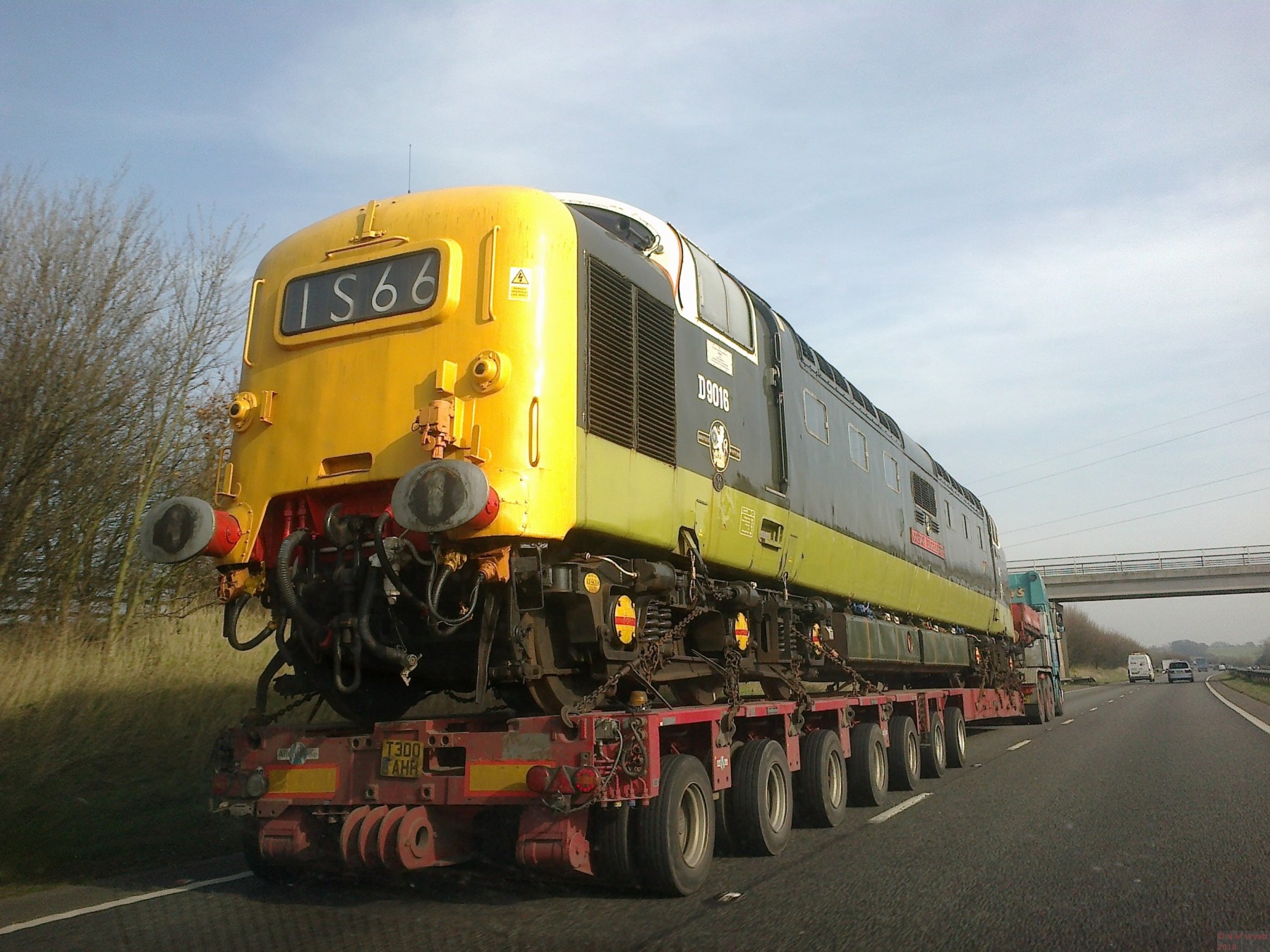 Deltic D9016 in transit on the A50 in 2014
Deltic D9016 in transit on the A50 in 2014
- Details
- Category: Boats, Planes and Trains
Avro Vulcan XH558, Spirit of Great Britain, on its farewell tour of Northern Britain.
Way Back When
When I was a teenager i had two great 'Vulcan' experiences. One was a school 'careers' visit to RAF Saint Athan, the RAF maintenance base where we got to see the ME163 Komet and various other fascinating aircraft. But the star of the day was an Avro Vulcan, which seemed huge - like a football field supported on wheeled legs! It was unbelievable that something so large could fly, let alone perform barrel rolls and immelman turns. The other, was seeing a Vulcan in action at one of the Saint Athan open days, pulling up almost vertically above the centre of the runway.
Falklands War
At the time of the Falklands 'conflict' their were many and varied views on the rights and wrongs of the war. Even so few people were unmoved by the achievement of the Vulcan aircrews who literally flew twice across the Atlantic to bomb the runway at Port Stanley.
End of the Story
In the summer of 2015, I became aware that the restored Vulcan XH558 - 'The Spirit of Great Britain' was making its final season of flights before retirement, that very afternoon I was walking the dogs when she flew directly overhead flying from Cosford to East Midlands Airport.
On 10 October 2015, XH558 flew a tour of the north of Great Britain, flying from its base in Doncaster, up to Edinburgh and down to the west Midlands. I was fortunate to join a small group of misty-eyed middle-aged men on top of a hill to watch it fly up the Trent Valley, dip a wing for the Burton war memorial, and slowly disappear into the north. In a few weeks XH558 will become a static exhibit, but here's my tribute to one of the most incredible aircraft of the 20th century.
Here she comes ...
A close pass
Turning away...
Final Farewell
- Details
- Category: Boats, Planes and Trains
Miss Britain III was a speedboat designed by Hubert Scott Paine and built by his company British Power Boats. Inspired by the success of the Supermarine S6B in the 1931 Schneider Trophy, he had tried to obtain a Rolls Royce type R engine to power a boat to challenge the American speedboat racer, Gar Wood for the Harmsworth Trophy. Wood's massive speedboat America X had four engines and nearly 8,000 horsepower.
Miss Britain III shows off her paces
Miss Britain III ticking over at modest speed.
By 1933, Scott-Paine and British Power Boats had gained experience with Napier engines, and he obtained a Napier Lion of 1,350 horsepower, little more than half that of even the Rolls Royce R. BPB built Miss Britain III at Hythe, incredibly light it was built with an aluminium-skin over a wooden frame. The cockpit was doped canvas over wood, Scott-Paine's genius for design was expressed as an incredibly futuristic multi-step hydroplane - it would not have looked out of place in a Flash Gordon episode! Despite its small size the speedboat was still stable and manageable at great speed.
The British Power Boats' logo
The Harmsworth Trophy
Dwarfed by Gar Wood's monster speedboat, when they competed in September 1933 wood scarped a victory at almost 87 mph, less than 1 1/2 mph ahead of Scott-Paine. Portrayed as a David versus Goliath contest, Paine was lauded as a hero, despite his failure to win.
The full size Miss Britain III
Record Breaking
Miss Britain III went on to real success, however, and in November 1933 Scott Paine and Gordon Thomas became the first people to exceed 100mph in a single engined speedboat, a record that stood until the 1980s. The following year Scott-Paine raised the speed record to over 110 mph.
In 1951 Hubert Scott-Paine donated Miss Britain III to the National Maritime Museum, but it is now on display in the Science Museum in London.
My Model
I don't claim my model is a fine-scale one, it is built to a plan given away with Model Boats magazine and powered by a small brushless DC motor from a 9.6 volt NiHM pack. The model is beautifully controllable, accelerating rapidly up on to the plane and showing excellent stability. The multi-step hull has a very flat attitude at speed, which is greatly in contrast to deep-vee monohull designs. It has no ghastly rooster-tail, and has a very scale appearance to its wake. I had a few speed controller problems and I suspect that when the new controller is fitted it may be somewhat faster.
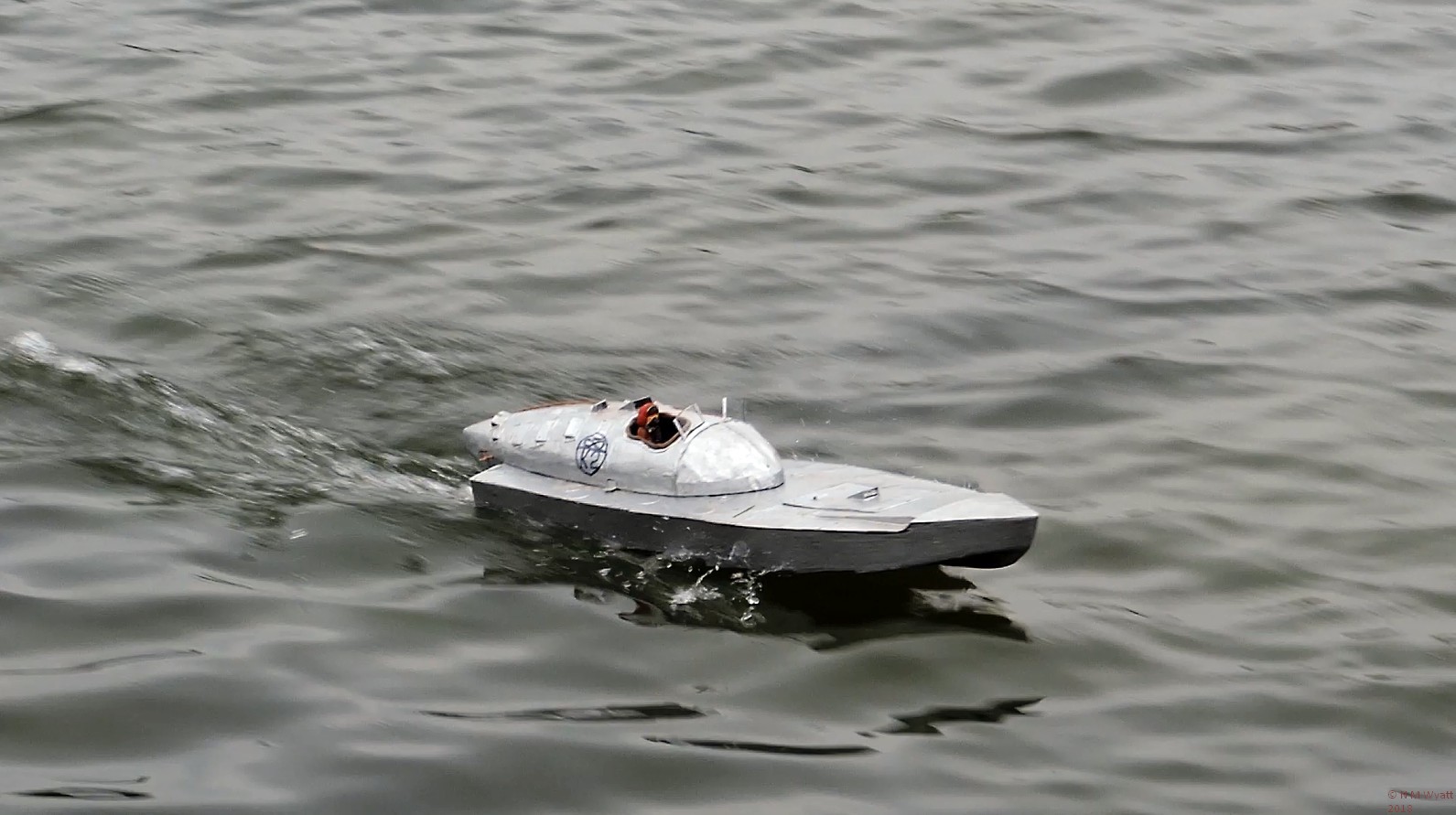
The model Miss Britain II re-enacts the prototype's successful world record attempt!
The model has a balsa wood frame and is skinned in 0.7mm plywood, so it is very light. The canvas cockpit cover is doped cotton from an old sheet and the air scoop and exhaust detailing is from card. The original had a forward rudder, controlled by a rod extending from the cabin. Sadly this fell off just before the trial pictured, but has been replaced!
Miss Britain III sails away showing its profusion of pipes and scoops
Footnote
As well as being one of the most successful speedboats of all time, Scott-Paine and British Power Boats experience with the Napier Lion lead to their development of their 'whaleback' air-sea rescue launch powered by three Napier Lions (the type 2 63 foot HSL) and often known as the 'spitfire of the sea'.
In 1938 John Cobb broke the world land-speed record with the twin Lion-engined Mobil Railton Special, so the engines held both land and sea speed records.
- Details
- Category: Boats, Planes and Trains
The port of Barry lies on the South Wales coast of the Bristol Channel, and has the second highest tides in the world. Looking out across the Old Harbour it is difficult to imagine the huge mass and depth of water that will enter the bay by High tide. The demands of piloting ships through the Bristol Channel led to the development of some of the finest and most seaworthy small sailing craft ever built - the Bristol Channel pilot Cutters. Fast and seaworthy they were able to be handled by a single man while the skipper and boy rowed out to a client ship.
As a native of Barry, I enjoyed short voyages out to Trinity House lightships and buoys and across to the north Devon coast on a more modern, diesel powered pilot cutter. So these magnificent sailing vessels are very special to me, none more than Marguerite which was one of the Barry pilot boats for many years, and also for Cardiff, hence 'Cf' and 'By' on the sail.
The Bristol Channel Pilot Cutter Marguerite
Skipper of the Marguerite was the impressively moustached Frank Trott.
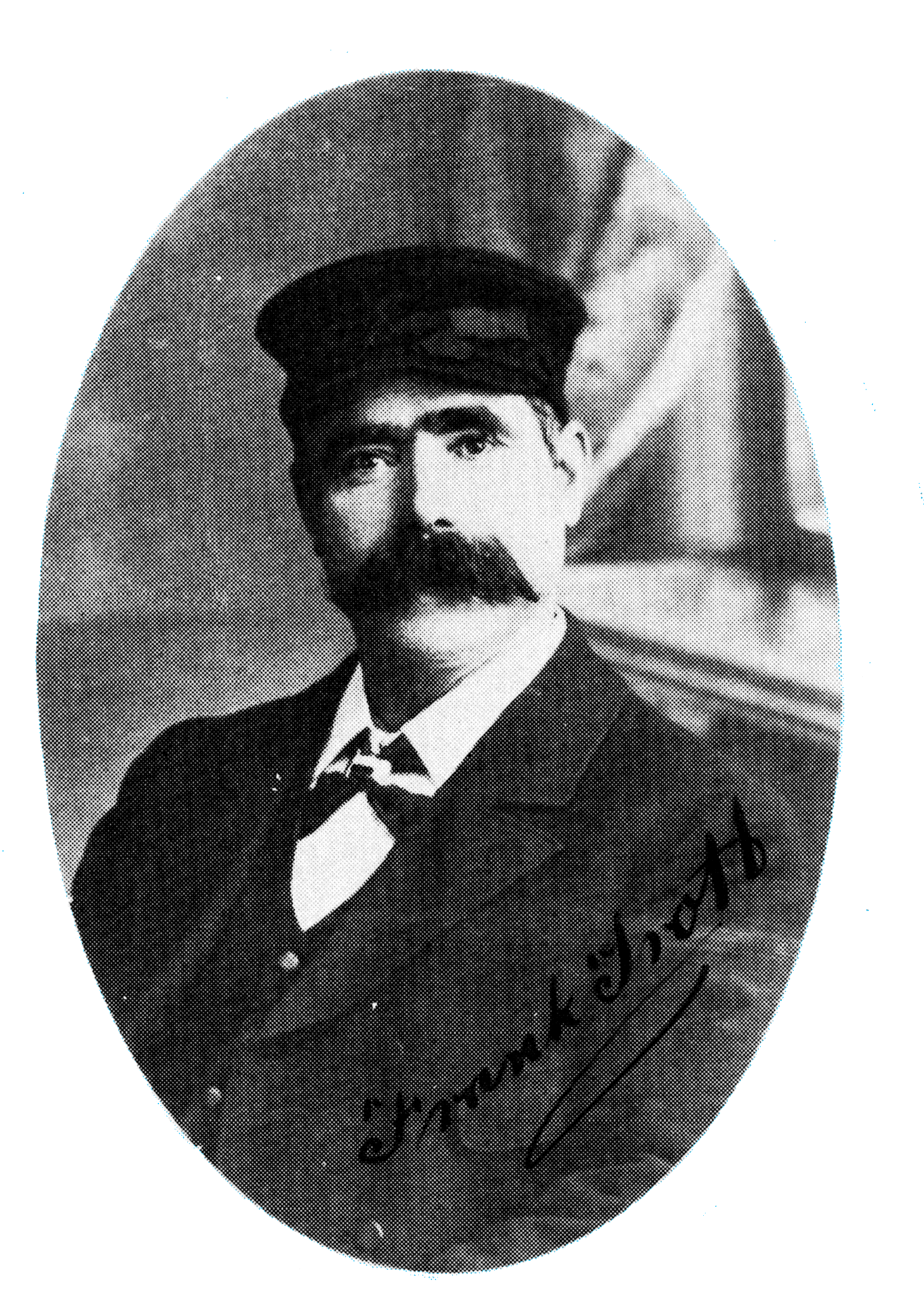 Marguerite's Skipper, Frank Trott
Marguerite's Skipper, Frank Trott
I decided to model Marguerite at 1:72 scale, that's quite a small model and not suitable for actually sailing - it's a static model that lives in a glass case at my Dad's home, along with a framed map of the Channel. The hull is in balsa plank on frame.
My Model of Bristol Channel Pilot Cutter Marguerite
The main challenge I set myself was to recreate all the standing and running rigging - and properly so there are lots of long hanks of rope. So many models have halyards that are so short they could never be run out properly!
A close up showing some of the rigging detail
The Bristol Channel
- Details
- Category: Boats, Planes and Trains
Page 2 of 2

